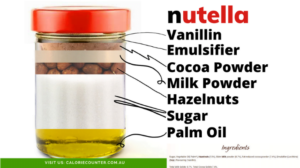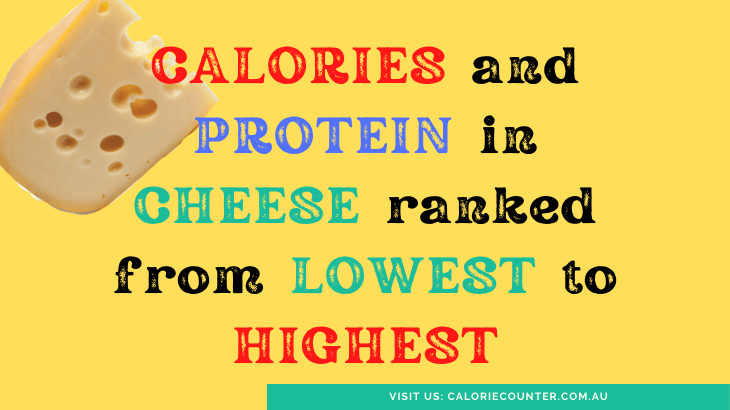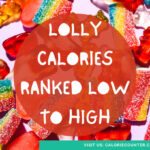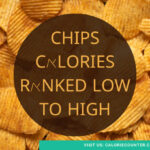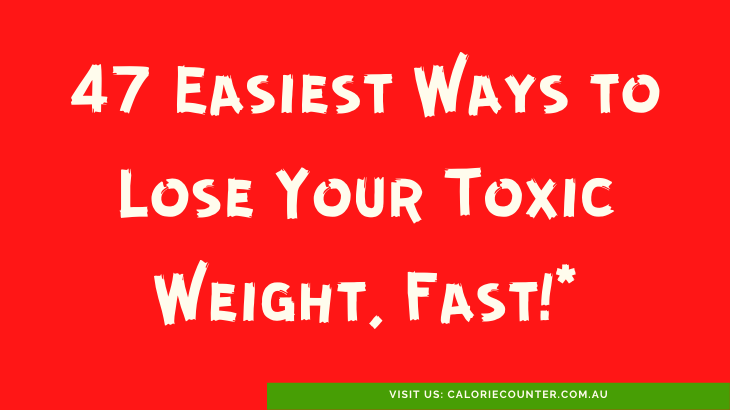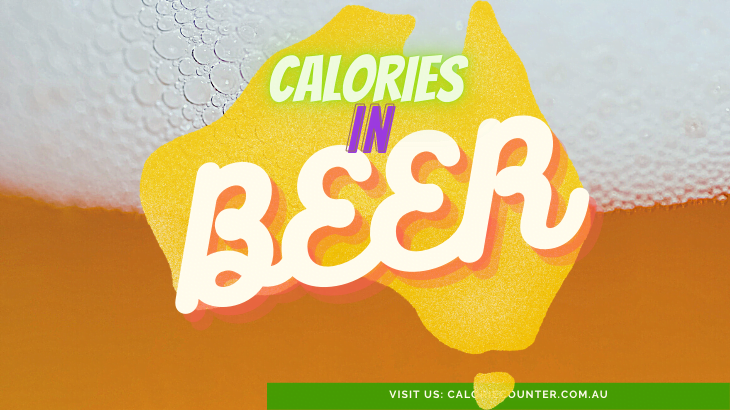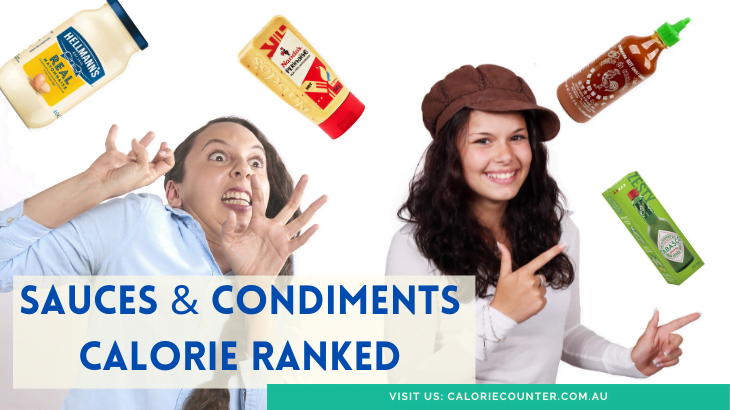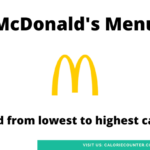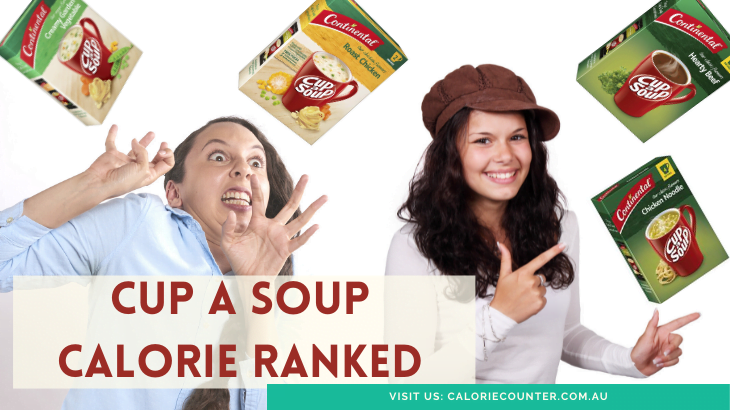Let’s take a look at Nutella ingredients and discover why this cultural icon is so popular. What is Nutella, exactly?
Nutella Ingredients Image
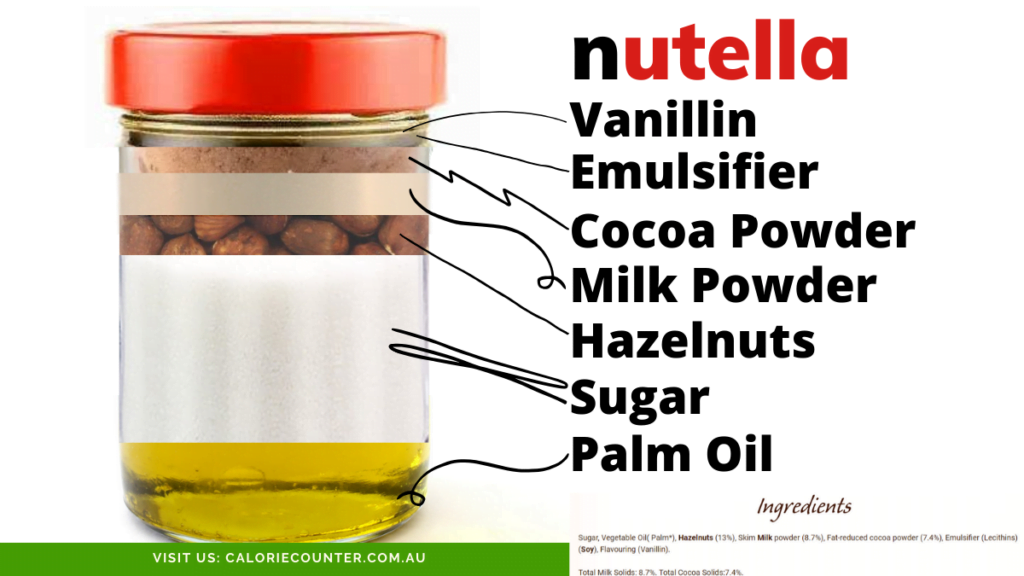
Nutella is NOT like Peanut Butter
Nutella is incredibly popular. So popular in fact, that most people think of it as a distinct food type, rather than just another a brand of sandwich spread.
Which of these three sentences are you most likely to overhear in your kitchen:
“What would you like on your toast? We have cheese, peanut butter, jam, ham, and Nutella.”
“Would you like some hazelnut chocolate confection on your toast?”
“Hey kids, I’m making sandwiches. Do you want Kraft, Skippy, Cottees, or Nutella on your toast?”
We don’t really think of Nutella as a brand; instead we see it as its own category of bread spread, like peanut butter, jam, and cheese.
But, it is treated like Peanut Butter
Bread gets spread with Nutella, then there are Nutella shakes, Nutella cookies, Nutella pizzas, Nutella cakes, Nutella ice-creams, Nutella empanadas and a hundred other Nutella-flavoured and Nutella-themed foods and drinks out there. Recipes featuring Nutella are shared far and wide and Nutella is an actual menu item in many cafes and restaurants.
So, why is Nutella so popular? Well, there are several different reasons, but one specific thing about Nutella above all else draws the big crowds: Nutella tastes awesome.

Nutella tastes So Good
A good and expensive chocolate truffle which has been in your mouth for a few seconds: that is what Nutella tastes like, right off the bat.
The flavour of Nutella is intensely rich butter with deep thin streaks of chocolate and flourishes of hazelnut whorls at the edges.
The initial texture is smooth and clingy, like super-smooth peanut-butter, but that soon changes to melty, runny chocolate as you chew. It is better than chocolate because it is not solid. Many people find it better than peanut butter because it melts faster and smoother. It is better than jam because it is not as sweet and heavy.
Mass-market packaged foods developers know a lot about that pleasure sensation you get from eating something that feels good in your mouth. They call it: Good Mouthfeel. Yup. Nutella has Good Mouthfeel and it tastes great.
Correction: Nutella tastes awesome. It is nutty and chocolatey and creamy and SWEET. It is very sweet. Something that tastes this sweet cannot be an everyday healthy food, can it?
Can it? This brings us to the second-most important reason which explains Nutella’s popularity:

Contents of Nutella: it is Not very Nutty
Made from whole peanuts and little else, we all know that peanut butter is a healthy food which can be eaten every day in moderation. Peanuts are complex whole foods which pack a massive nutrition punch. Humans have enjoyed peanuts for as long as history because they are energy-dense with a low glycemic index and more than twenty different vitamins and minerals. Perhaps best of all, they are a great source of plant protein. They even contain anti-oxidants like p-coumaric acid.
Merchandisers do not place Nutella alongside to the squeeze tubes of chocolate ice cream sundae sauce, instead they use the same supermarket aisles as peanut butter. Stored in similar jars, Nutella looks like peanut butter with some cocoa powder blended into it.
Components of Nutella are not Marketed
The label has pictures of nuts on it, just like most peanut butter labels. Multi-media advertising positions Nutella in the exact same lifestyle category as peanut butter: beautiful children eat breakfast, happy moms make sandwiches, cool café denizens chomp artisan brownies.
The word “Nutella” has a “nut” in it, and many people call it “NUTella” instead of the official “NEWtella” pronunciation. It’s nutty.
Therefore, Nutella must be an everyday healthy food because peanut butter is undoubtedly an everyday healthy food and Nutella is a peanut butter alternative.
Nutella is basically just crushed hazelnuts with a bit of cocoa whipped in, right?
Wrong.
Is Nutella Australian? Nope, its an Italian Chocolate substitute
Crushed hazelnuts make hazelnut butter, just as crushed peanuts make peanut butter.
Nutella is not, and has never been, a hazelnut butter. Instead, Nutella’s story began in the nineteenth-century, with an Italian confectionery bar called Gianduja. During the Napoleonic wars, there was a dire shortage of cocoa in Italy. To get around this problem, local candy-makers swapped cheap local hazelnuts for cocoa powder in their chocolate bars recipes. When the chocolate shortage ended after the war, the market for the cheaper Gianduja remained.
In the early 1950s, the famous Italian baker Ferrero ground up some Gianduja and added oil to it to make a paste. This was a common thing to do with chocolate, so why not Gianduja? This Gianduja paste became what we now know as Nutella.
Ratio of Nuts in Nutella? Not enough for the Law
That’s right, Nutella is a chocolate substitute, not a peanut butter substitute.
Nutella is not a nut butter because it contains less than the legislatively required 90% nuts. Much, much less nuts.
Nutella is not even a chocolate product by law because it contains less than the required 10% cocoa solids.
In the USA, the FDA classifies Nutella as a dessert topping.

So, what exactly is in Nutella?
Nutella Ingredients
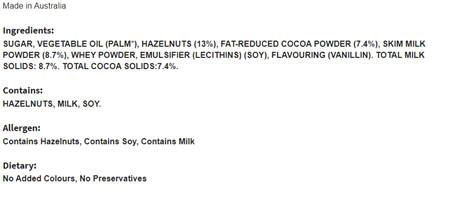
To begin with, it is useful to stop thinking about Nutella as a nut butter and start thinking about it as a chocolate paste.
Unlike sugary pastes, nut butters keep their paste form easily because all you need to do to make a nut butter is grind some nuts up. The ground nuts release natural liquid oils in which their solid particles become suspended in a near perfect natural ratio.
Chocolate pastes traditionally start with pre-processed chocolate, which is a solid made from cocoa seeds which have been dried, roasted, ground, liquefied, distilled, and sugared. Then oil, milk powder, more sugar, emulsifier, and flavouring are added.
You can easily make a make a chocolate paste at home, just grind up your favourite chocolate bar then blend in enough margarine to get the right consistency.
If you use a hazelnut chocolate bar, you will make a hazelnut chocolate paste. If you think that the word “paste” is not very evocative, just call it a “spread” or make up your own fancy name for it.
The Ferrero company calls their chocolate paste “Nutella”.
Nutella Nutrition Information for Australia (constituents)
Nutella ingredients are:
Sugar
Nutella ingredients are dominated by sugar, which makes up 55% of the mix. That’s about 20% more sugar than you would have if you made your own chocolate paste at home with a typical bar of milk chocolate.
Palm Oil
After sugar, palm oil is the most abundant ingredient in Nutella. You need oil to make chocolate paste because the other ingredients do not contain enough of their own oils to make a suspension. The manufacturers of Nutella have chosen palm oil.
Mass-market packaged foods industries love palm oil, because it is cheap, plentiful, low-odour, low-colour and naturally solid at room temperature.
Nutritionally, you can do a lot better. Unlike alternatives like olive oil, industrial palm oil is a highly saturated and thoroughly purified seed oil with few benefits besides a high calorie density.
Palm oil cultivation in massive tropical plantations is a major cause of environmental degradation.
Hazelnuts
The original Italian Gianduja sweet had a hazelnut to chocolate ratio of about 7:1, but the Nutella hazelnut to chocolate ratio is less than 2:1. Hazelnuts make up just 13% of Nutella! 87% of Nutella is not hazelnuts. The hazelnuts are a flavouring, rather than a core component of the product.
Therefore, calling Nutella a “hazelnut chocolate spread” is misleading. It is more truthful to call it sugar paste flavoured with hazelnuts, cocoa, and vanillin.
Milk Powder
Close to 9% of Nutella is milk powder. This is helps to give it a distinctive creamy taste and texture.
Cocoa Powder
The cocoa powder ingredient is about 7% of Nutella by weight.
Emulsifier
The emulsifer is Soy lecithin which holds the ingredients in Nutella together. Extracted from soybeans and widely used in the food industry to bind oily and watery ingredients together. The emulsifier ensures that you do not find a layer of oil sitting on your Nutella when you open a fresh jar. Don’t worry though, the oil is very much there!
Vanillin
Made from wood creosote, Vanillin is an artificial flavour which imparts a hint of vanilla to the flavour of Nutella.
Nutella: The Spreadable Lolly
Whilst Nutella tastes awesome, it is packed with “empty” calories. Nutella is not an everyday healthy food.
Our final, inescapable conclusion about Nutella is that it is an unhealthy confection. It is a lolly in spreadable form. Eat it as you would an ice-cream sundae topping: very rarely, as a guilty indulgence. Do not smear it on your toast every day, because Nutella is junk food.

